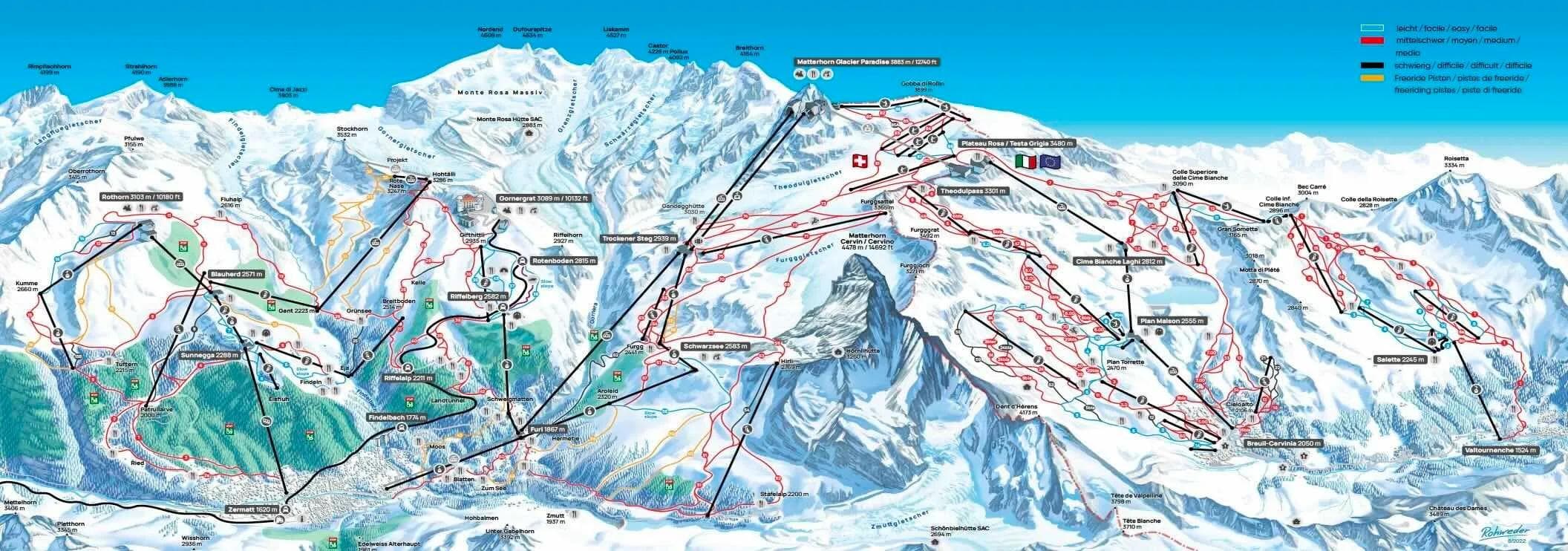
Swiss Alps Hit by Massive 89-Inch Snowfall in 48 Hours
Published Date:
Categories
Swiss Alps Receive Record-Breaking Snowfall
Switzerland's Simplon region has experienced an extraordinary weather event, with the Bortelsee station recording a staggering 89 inches (226 centimetres) of snow in just 48 hours. This occurrence, which took place from April 15 to 17, 2025, has set new national records for short-term snow accumulation in Switzerland.

The previous Swiss records for snowfall have been surpassed by this recent event. The Bortelsee station measured 97 inches (247 centimetres) over a three-day period, exceeding the former two-day record of 85 inches at Bernina Pass in April 1999 and the three-day record of 90 inches at Weissfluhjoch in February 1990.
The cause of this intense snowfall was a low-pressure system dubbed 'Hans' by Italian weather services. Originating in the Gulf of Genoa, this system pushed warm, moist air from the Mediterranean towards the southern Alps. As this air mass encountered the mountains, it was forced upwards, resulting in heavy orographic precipitation, particularly in the Simplon area.

The effects of this weather system were felt across the Alps. Several major ski resorts, including Zermatt in Switzerland and Val d'Isere in France, were forced to close due to increased avalanche risk. Transport links to these resorts were temporarily cut off, and parts of upper Valais experienced power outages.
Local authorities issued warnings for avalanches, floods, and landslides as the risk levels escalated throughout the region. The closure of ski resorts and disruption to transport networks highlighted the significant impact of this extreme weather event on both local communities and tourists in the affected areas.
While the record-breaking snowfall presents challenges for the region, it also underscores the dynamic and sometimes unpredictable nature of alpine weather patterns. As climate patterns continue to evolve, events like this may become more frequent, requiring ongoing adaptation and preparedness in mountain communities and ski resorts across the Alps.




